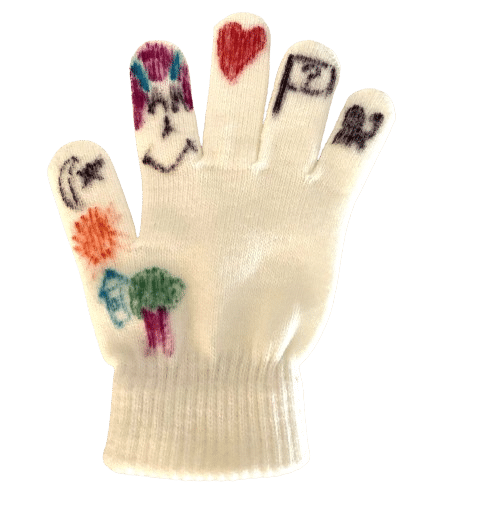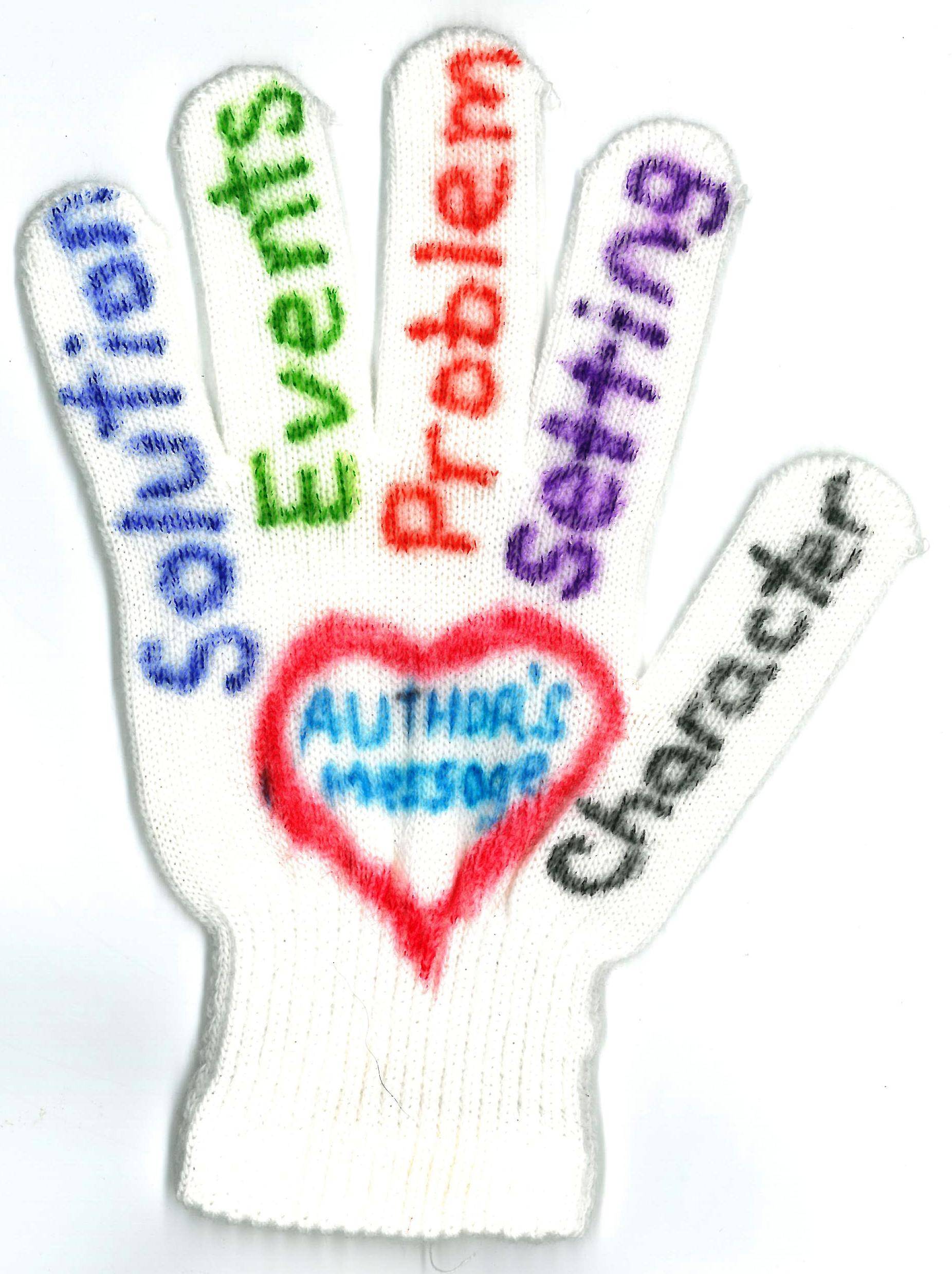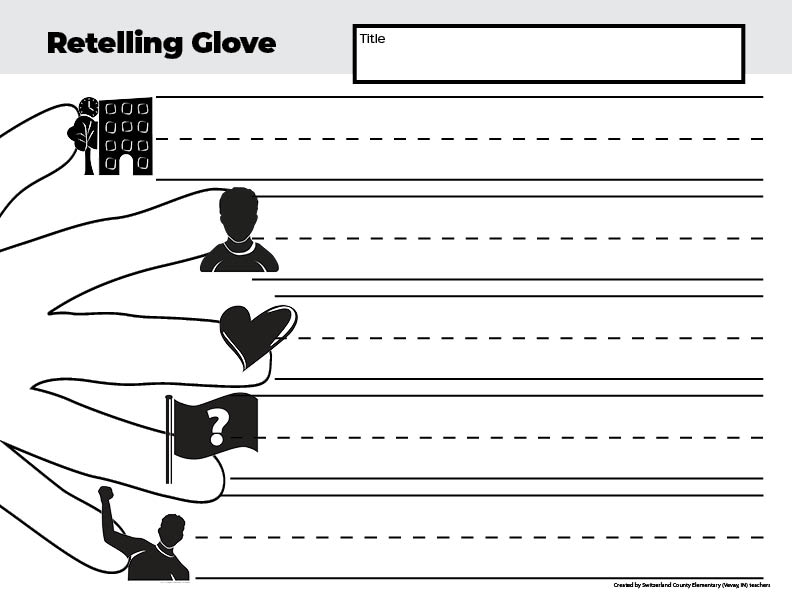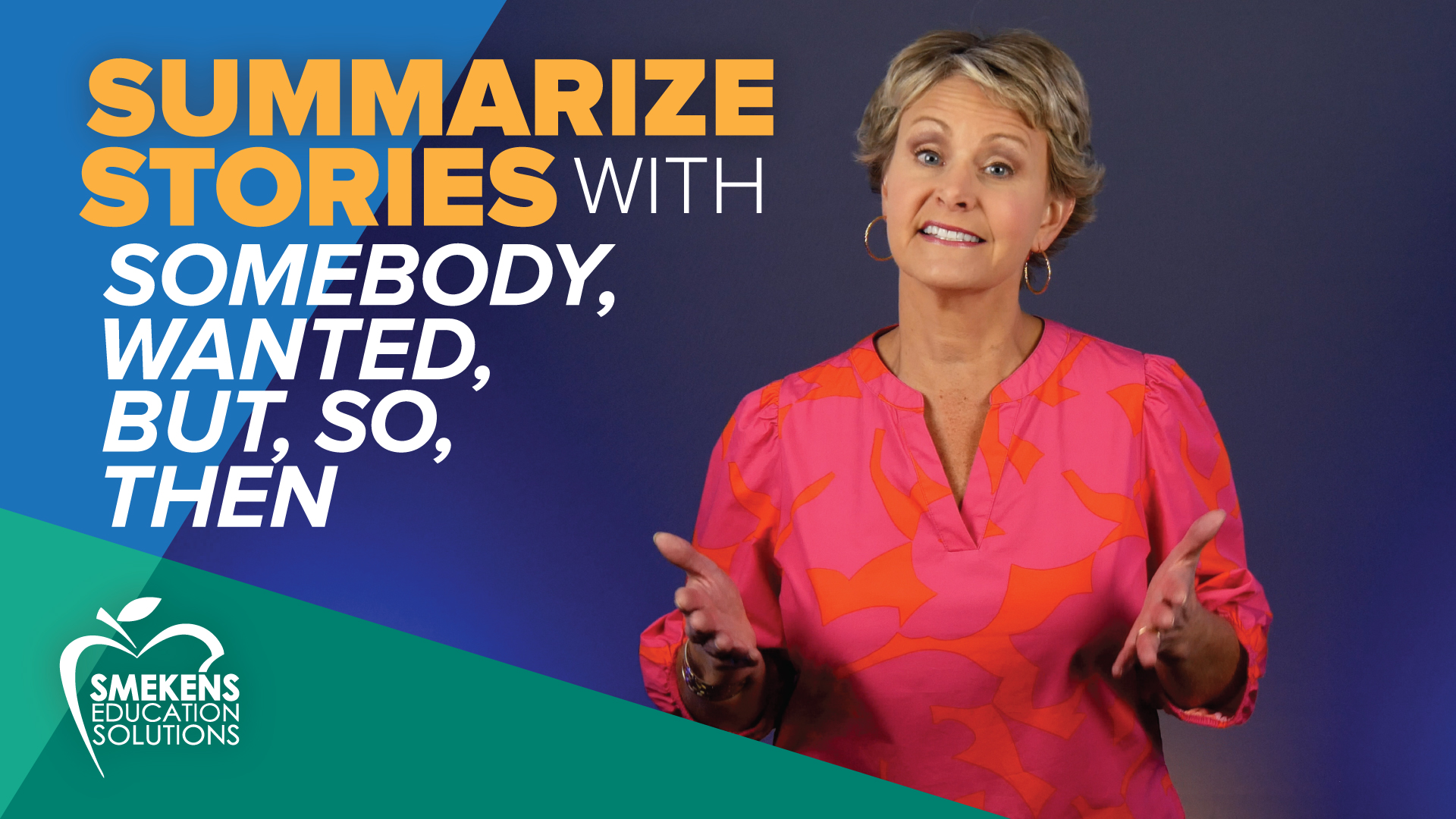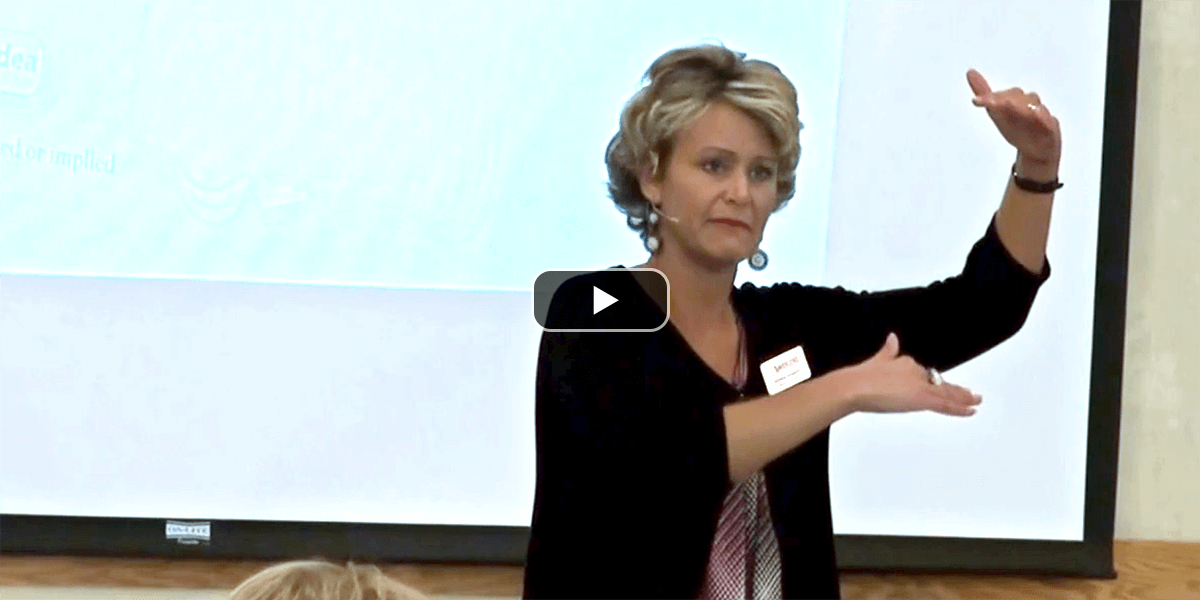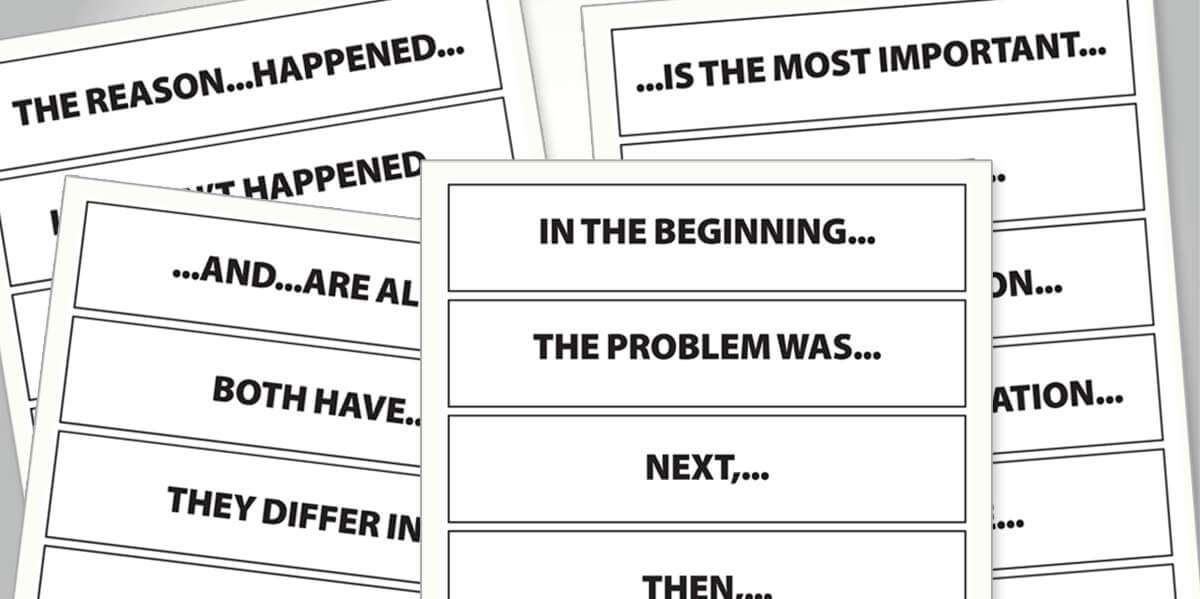Learning Center
reading
Use the Retelling Glove to summarize stories
march 7, 2024

Academic standards for reading comprehension require that K-1 students be able to identify characters, settings, and major events in literature. In addition, they must be able to retell the story using only the most important details for each story element.
To address this standard, provide explicit instruction on how to incorporate all story elements into one visual trigger: the Retelling Glove. Bodily, kinesthetic learners will love it, and all your students will benefit from the lasting reminder of itemizing the story elements on their fingers.
Introduce the trigger
Introduce the Retelling Glove within your whole-class mini-lesson. Turn the Retelling Glove graphic organizer (Jamboard version) into an anchor chart or project it onto a whiteboard. After a whole-class read aloud, guide students through the fingers, scribing their answers in the proper place.
- SETTING: The thumb represents the main setting(s) for the story—the where and when. A story can take place in more than one place. Setting also involves the time of the story—both day and night and seasons of the year.
- CHARACTERS: The pointer finger represents the main character(s) in the story. Remember that characters can be people, animals, or objects.
- WANT: A heart on the middle finger represents what the character(s) wishes for or is trying to do. What is he motivated by? What does he want?
- PROBLEM: A warning flag symbolizes the main problem. Identify the type of problem the character faces—a problem with someone, something, or himself.
- SOLUTION: How did the story end? Tell about how the problem was solved in the end and how the main character changed or what he learned.
Release responsibility to students
Move the Retelling Glove into small-group instruction. After reading a story as a group, guide students to retell the most important details about each story element. Don the glove or provide one for each student in the group. As students retell, scribe their answers on the corresponding graphic organizer. Eventually, provide students with their own copies of the graphic organizer to complete at end of the small-group meeting.
After a lot of guided practice, turn the responsibility over to the students by adding this same activity and organizer to literacy stations. For example, place the glove and copies of the graphic organizers near the Listening Station. After students listen to a text, they slip on the glove and retell the important story elements. If developmentally appropriate, have students note the story elements on the graphic organizer and turn in their work as a quick assessment.
Tweak for upper grades
Use the same technique with a more mature look. Replace the visuals on the glove with words: setting, characters, motivation, problem, and, solution. Add a reference to lesson or theme within the palm of the glove as well. This little reminder prompts students to include all the important elements when providing a story summary.

